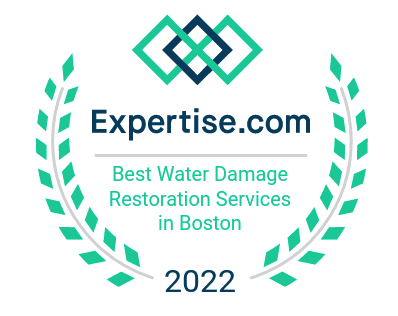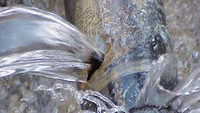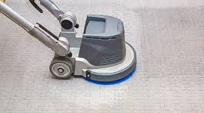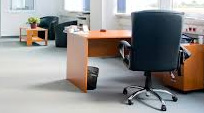Call Us At 978-705-7914
About VIOCLEAN
VioClean has provided cleaning and restoration services to thousands of residential and commercial customers. We are your one-stop cleaning company with 24 hour emergency service! We have the resources to provide multiple cleaning services and determine the best alternatives to meet your needs.
VioClean offers a superior non-toxic green contents and structural cleaning service. We specialize in emergency services for water, sewage, and mold remediation. What was once unsalvageable can now be completely restored. Our expert contents pros can restore and clean all types of contents: carpet cleaning, rugs, upholstery, antiques, fine fabrics, wood furniture, books, photos and much more!
Got An Emergency? Call Us 24/7!
We will be at your door within an hour.
5 STAR REVIEW
“The service was A+ and all highly professional. The quality goes beyond words. My basement had a septic overflow and smelled and water was everywhere. They were detail oriented and never missed a thing. they emptied all my stuff in the basement, saving my keepsakes. After they were finished, the basement was clean, dry and no smell. I would highly recommend this company for your emergency needs. This company was ineffable in every way!” ~ Peter S.
_
Health & Environmentally Friendly All Natural Non-Toxic Cleaning Products
VioClean is commited to a cleaner safer environment and a healthy lifestyle for all our clients, that is why we use all natural cleaning products. Our products are toxin free and not only protect our environment but also protect your family against cancer and other deadly illnesses.
LEARN MORE …
_
Request An Appointment Now! Click Here!
VioClean is a premier emergency mitigation and restoration service provider helping many families in Massachusetts, we excel in making the recovery process as seamless and easy as possible we are your one stop, turn-key, solution to damage from water and mold removal concerns. We handle and coordinate the claims handling process and provide direct billing with your insurance carrier.
LEARN MORE…
INDOOR AIR QUALITY
What: Indoor air in has high levels of particulates ranging in size from visible dust down to viruses invisible to the naked eye. Sources include: outdoor air pollution, smoking, human skin cells, dust mites, pollen, pet dander, and mold. It can also contain volatile organic compounds (VOCs), gases that are released as materials they are are broken down.
Health effects: Particulates are a lung and nose irritant and may trigger asthma and allergies. VOCs commonly cause burning of the eyes, headaches, and some can lead to cancer.
MOLD
What: Mold is any fungus that grows on food or damp building materials and reproduces by releasing spores that can be inhaled. Mold is often difficult to locate visually but can be detected by a musty odor. Mold cleanup is recommended immediately.
Health Effects: Mold spores can cause respiratory illness, headaches, wheezing and shortness of breath, and flu-like symptoms. Mold increases risk of respiratory disease by 50% and accounts for as much as 20% of asthma. Some molds produce mycotoxins that can lead to severe allergic reactions and fatalities.

100% NO-RISK GUARANTEE
As the owner, I want you to be super-pleased – in fact, absolutely delighted – with every job we do. So every job comes with our ironclad, risk-free guarantee. What does that mean? Simply this: If you aren’t happy with our work, we’ll reclean the area for free. Or you can have your money back. It’s your choice. Many companies don’t guarantee their work. But I do, nothing is more important than your complete and total satisfaction. We stand behind every job 100%. If you ever have any questions or concerns about our work, please call!
VioClean
211 Essex St.
Swampscott, MA 01907
978-705-7914

COMMITTED TO HEALTH
VioClean is so serious about your health that we have commited to offering safe, all natural and non-toxic products. We have also committed to supporting the education of breast cancer prevention through raising awareness and funds for Know Breast Cancer – A Non-Profit Breast Cancer Prevention Project. Click here to learn how toxic cleaning product chemicals can cause breast cancer and how you can protect yourself by simply educating yourself.

COMMITTED TO SUPPORT
“We are committed to supporting the protection of pet health and prevention of cruelty to animals by raising funds and assisting the MSPCA, a non-profit organization that does not receive any state or federal funding. The MSPCA’s mission is to protect animals, relieve their suffering, advance their health and welfare, prevent cruelty, and work for a just and compassionate society.

READ OUR YELP REVIEWS
“My experience from start to finish with VioClean was amazing. Given the stressful and dangerous situation in my home, it was handled in such a manner that I am still in awe. Every aspect of the clean up was taken care of and now I can rest easy knowing what a terrific job they did!!! I highly recommend using VioClean!!” – Stephanie S….Read More






